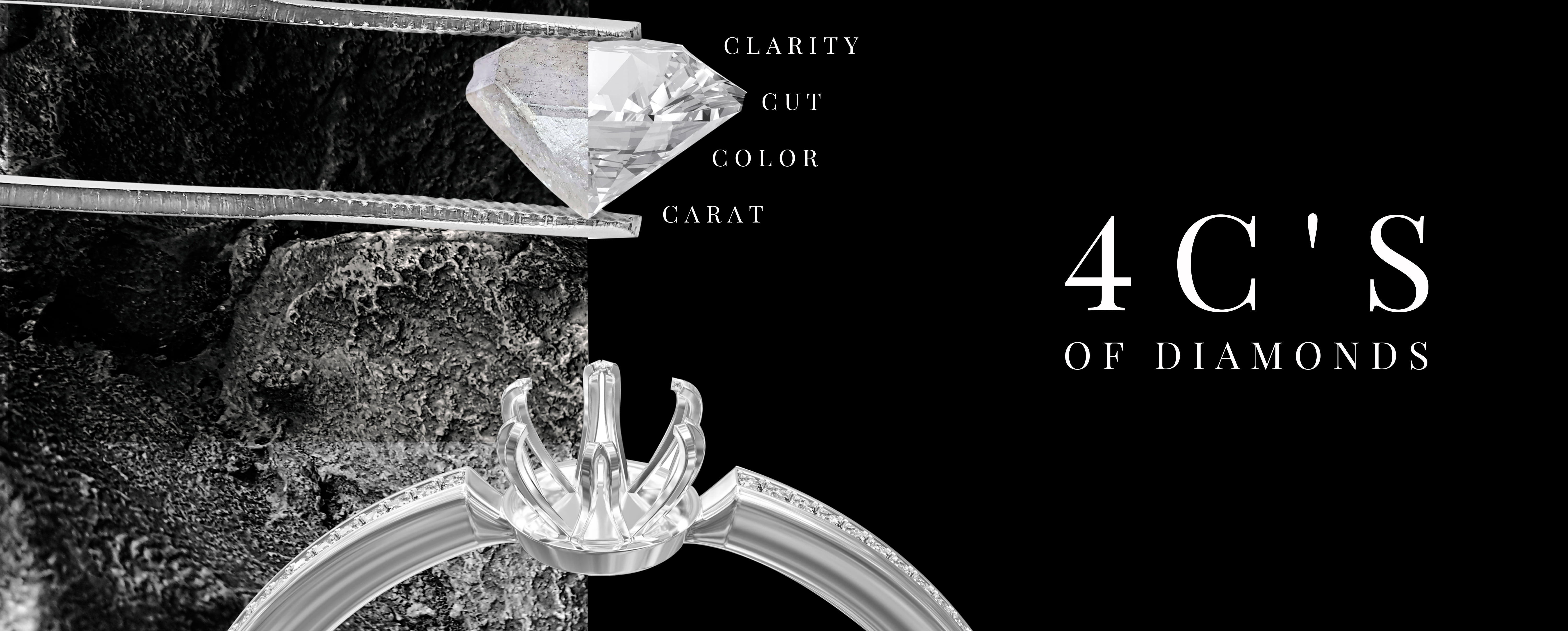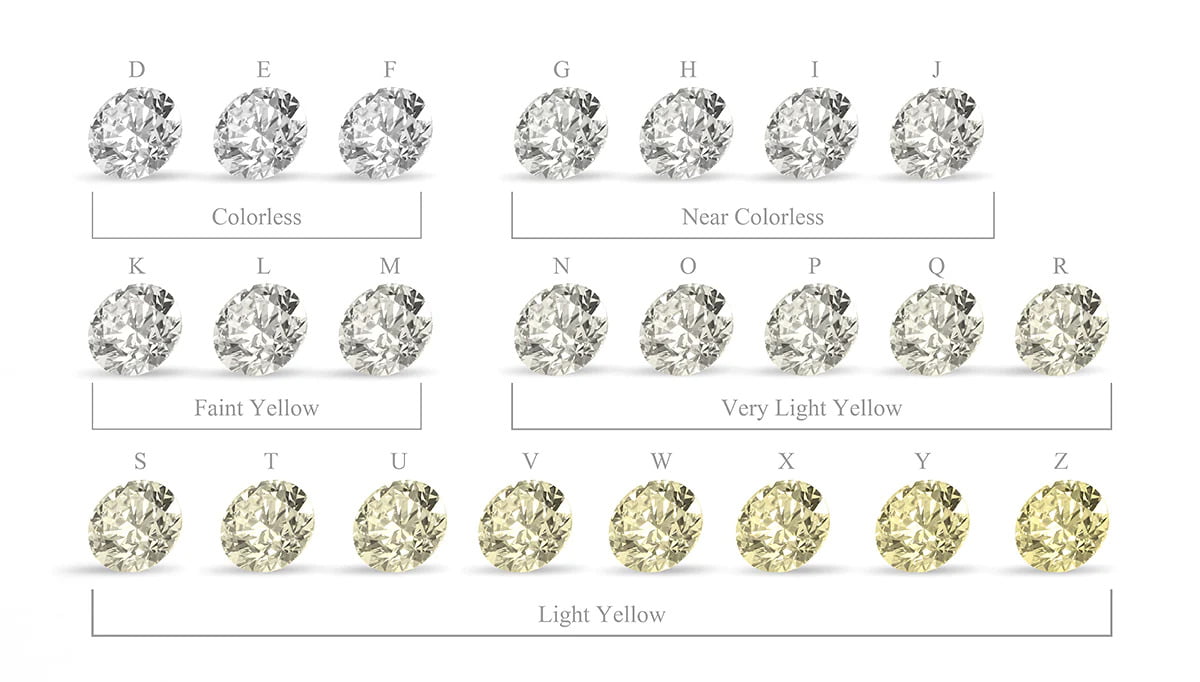





After determining the shape of a diamond, the next step is to learn about the carat weight of a diamond. Typically, a diamond is weighed in carats, and each carat is 200 milligrams or 0.2 grams. The price of a diamond increases significantly as it reaches a full carat. Once a diamond reaches the 2-3 carat range, the price is multiplied by many times because larger stones are rare and, therefore, more expansive. For instance, if all other factors are considered equal.
Tip: if you want to save money, buying a 1.9-carat diamond may be less expensive than a full 2-carat diamond. The price jumps significantly once the diamond reaches a full-carat range.


The cut of a diamond is extremely important because it is the only C determined by a cutter and not nature. The cut of a diamond is complex, and several factors need to be considered while evaluating a diamond. GIA assigns a cut grade to round diamonds, but they do not yet have a standard grading system for fancy-cut stones. As a result, GIA does not assign cut grades to them.
The good news is that we have published detailed articles about each shape and how to assess its cut. Please refer to these articles to assess a diamond’s cut before buying it. For example, check our guide on oval cut diamonds before buying an oval-shaped diamond.
Tip 1: Even among GIA excellent-cut round diamonds, there is a way to differentiate between an excellent-cut diamond and what we refer to as an “ideal supercut” diamond. The best way to differentiate between them is by thoroughly analyzing the cut proportions of the diamond (read our ideal cut proportions article).
Tip 2: In both round and fancy cut diamonds, the depth and table are the most important factors in determining the quality of the cut, followed by the size of the girdle, culet, crown angle, and pavilion. Length-to-width ratios are also important in fancy-cut diamonds.
Tip 3: Dealers tend to cut stones deep to save the rough stones. Avoid a diamond with a large depth. A diamond with a big table is also not recommended because it will not have optimal fire and brilliance.


When it comes to diamond color, it’s actually the absence of color that is the most desirable. Colorless Diamonds are the most rare and valued, while light yellow Diamonds are the less valued. Learn more about diamond color grades to understand the various categories when you’re picking your next diamond.


The clarity of a diamond is important because it directly affects its brilliance. If a diamond is full of inclusions, the stone will not sparkle and will lack luster, fire, and scintillation.
The diamond industry has developed a sophisticated system for grading the clarity of a diamond, ranging from Flawless (FL) as the highest grade and Included 3 (I3) as the lowest grade.
FL and IF (Internally Flawless) are excellent grades. Very Slightly Included 1 (VS1) and Very Slightly Included 2 (VS2) are almost flawless clarity grades. VS1 and VS2 are after Very Very Included 2 (VVS2) and are often considered eye-clean diamonds. Slightly Included 1 (SI1) and Slightly Included 2 (SI2) are at the lower end of high-quality diamonds and are close to being eye-clean in under 1-carat diamonds. Included 1 (I1) and Included 3 (I3) are the lowest clarity-graded diamonds.
Tip: FL, IF, and VVS/VS1 are excellent premium-grade diamonds. VS2 is a good option to consider while prioritizing quality and budget. SI1/SI2 needs extensive due diligence in the above 1-carat diamonds to avoid inclusions affecting the diamond’s brilliance.